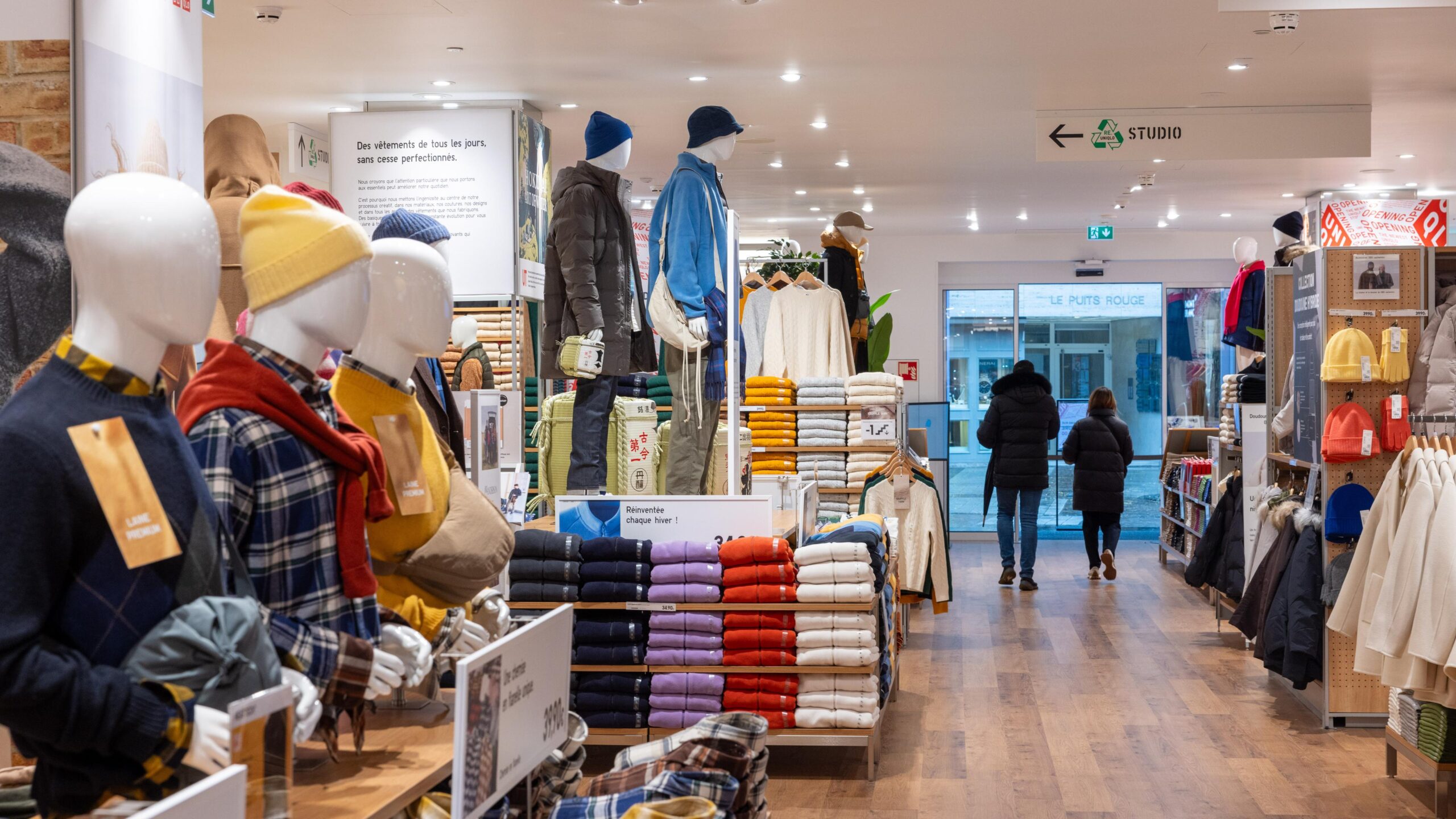
Women lifestyle influencers on Instagram are nothing new. Kim Kardashian has 364 million followers and Kylie Jenner 394 million. Early to capitalise on their brand, so strong was the Kardashian influence we were all wearing beige loungewear for most of the pandemic.
You might think that teeny Luxembourg is immune to the influencer phenomenon, but you’d be wrong.
In the run up to the much-awaited opening of the Uniqlo store, local influencers were busy touting capsule wardrobes. Uniqlo knew exactly where to spend its marketing budget. It let the local Instagrammers showcase its threads.
Also read:
Uniqlo hails ‘perfect timing’ as Luxembourg store launches
A few Luxembourg lifestyle influencers have more than 100,000 followers, although most are in the 10,000-20,000 band. That’s not bad given Luxembourg’s population. They’re trusted, and reach Uniqlo’s target audience of young millennials and older Gen Zs with a decent disposable income.
The capsule wardrobe isn’t new, it was invented by designer Susie Faux in 1970s London, whose boutique sold versatile, high-quality fashion pieces that buyers could mix and match.
Despite being a child of the 70s, my capsule wardrobe is largely made from the few things that still fit and aren’t covered in cat hair or food stains. But I’m not the target audience. I’m a Facebook mum, barely on Instagram, and most likely to follow Instagrammers who post cat videos or funny memes about life in the Grand Duchy (thinking here @notemilyinluxembourg).
Having a digital cool friend
Lifestyle influencers provide tips, tricks and life hacks. They cover fashion and beauty and where to be seen. It’s like having a cool digital friend who knows about the best parties, the latest make up styles and the secret hangouts.
Their world is one of glamour and neatly curated photos featuring handsome people or immaculately dressed children. They wow us with wide-sweeping videos of brunch or cocktails, interesting close-ups of face sculpting tutorials or advise us how to wear a negligee as a dinner outfit.
There are no warnings that some people who try face-sculpting might end up looking like a Star Trek Klingon or that wearing your underwear as outerwear could get you arrested for public indecency.
Lifestyle influencers are classically good looking alphas and don’t really need to sculpt any part of their face or body. Their feeds are filled with mandatory pouting and hair flicking or winking at the camera to create intimacy. Their “most popular girl” image is yearned for by their followers.
It’s not new, we’ve been trying to hang out with the most popular girl for decades, in the hope she’ll invite us to that cool party. It’s just today’s tech-savvy 20- and 30-somethings are doing it on social media, and that party won’t be in someone’s living room. It will be heavily sponsored, with a price tag for the privilege of attending.
A lucrative profession
Yet even small-fry lifestyle influencers get freebies, cash for endorsing brands or sponsorship money for events. The more honest ones will let you know it’s paid content or a free lunch, but it’s not always that clear. Then again, influencers would argue they graft hard to create a perfect life 24/7 and curate original content. So why shouldn’t they get paid for it?
Globally, the influencer market is worth more than $21 billion – which means that making a video of yourself gulping down a health shake in “nude” make up and Uniqlo clothing can be a lucrative business.
Whilst only a third of us trust branded content almost two thirds of us trust influencers’ recommendations, no matter how toxic the content can be in terms of body image, self-esteem or even how much money you do or don’t have.
Negative body image
A study published in April by the University of New South Wales found that 90 seconds of watching ideal bodies can negatively impact a young woman’s mental health, whilst Dove launched its “Cost of Beauty” campaign about the same time.
It follows a girl’s descent into anorexia, showing her heartbreakingly mimicking the pouts and hair flicks of lifestyle influencers.
When lifestyle beats news for views
So the question is, do we really want more marketing thinly disguised as insightful tips that might also inadvertently make us feel bad, or worse, develop an eating disorder or depression?
The answer from Gen Y and Z is a firm yes. They spend more time watching influencers than reading the news. Luxembourg’s media on Instagram gets a tenth of the follows, likes and watches. Yet lifestyle influencers don’t have to adhere to any ethical standards.
But the top three most followed news providers on Instagram – the BBC (25.7m), CNN (19.3m) and the New York Times (17.2m) would probably give their eye teeth to have an audience of billions garnered collectively by the Kardashian family.
So perhaps the question is not whether lifestyle influencers are a force for good, but rather should retailers be wooing them to reach the younger audiences?
Lifestyle influencers notoriously steer clear of important global issues, which might get in the way of restaurant reviewing, make-up blending and capsule wardrobes. World politics is simply not feel-good, can’t be delivered with a pout or a hair flick, and probably won’t get many adoring followers.
